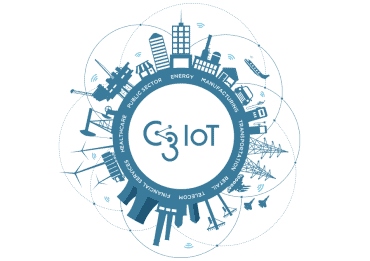The future of marketing will increasingly be informed by eye-tracking and Emotion AI that helps brands serve their customers better than ever.
Among Emotion AI technologies, which also include facial coding and brainwave mapping, eye-tracking is probably the best known and most widely used.
Eye-tracking technologies capture where a person is looking, what they are looking at, and how long their gaze remains in a particular spot. This information is tremendously valuable to marketers because eyes are among the most important tools we use for decision making and eye-tracking offers the best way to objectively measure visual attention. Here’s a bit more about the history of the technology, its current uses, and probable future.
Eye-tracking origins & history
Eye-tracking technology began several decades ago as research at MIT Media Labs. Early tracking was all hardware-based, as were the first commercially available eye-tracking products, which were introduced around 2007. ‘Hardware-based’ simply means eye-tracking technologies only worked when the customers or researchers whose eye gazing was being monitored wore goggles specifically designed to fit on their face and track eye movements.
Helpful as this sort of technology was, the real breakthrough innovation in eye-tracking technology came in 2014 when the first software-only eye-tracking products became available. Software-only eye-tracking is far less intrusive. For instance, when it’s used to gather data about subject eye movement during a focus group, the eye-tracking is captured from nearby cameras that focus group participants are often barely aware of.
Brands that rely on eye-tracking
Brands including P&G, Mars, Kellogg’s, Sony, Philip Morris, Accenture Ventures, and others today use eye-tracking. Brands rely on eye-tracking technology to give marketers data on all sorts of relevant topics ranging from which product features customers prefer, which product packaging customers like, and what optimal product placement might be in order to maximize customer interest.
It also gives important feedback on UI design and whether people find it easy or hard to navigate through certain kinds of software. When brands know what people are looking at, the duration they’re looking at it for, and how long the time to discover certain features is, they have insights that can help them increase customer satisfaction. Indeed, some brands have found that using eye-tracking to test websites, apps, and prototypes before and after release can save up to 65 percent in customer acquisition costs and boost online conversions by up to 16 percent.
A core enabling technology has been the steeply decreasing storage price and the rise of cloud computing in recent decades. This allows brands to scale, gathering and analyzing tremendous amounts of data about all kinds of customers in different demographic groups across continents and cultures. By augmenting corporate insights into customers with a deeper understanding of human emotions, attention, and engagement levels across experiences, brands are finding they can deliver a deeper and more compelling customer experience.
Eye-tracking technology today—which has 96 percent accuracy—has been used to prove that certain high-impact ads have 45x the impact of standard display ads. The value of that information to marketers is tremendous.
Opportunity in a dramatic shift to online purchasing
In the first half of 2021, approximately 43% of consumers shopped online for products they had previously purchased offline. This shift in shoppers’ behavior due to the pandemic has transformed everything, from shopper preferences to expectations.
Though online shopping has gained momentum for quite some time, it has grown at an unprecedented rate in recent months. The rapid growth in online shopping means retailers need to pay a lot of attention to customer experience. Eye-tracking is more important than ever in this environment.
The most powerful recent innovation in eye-tracking has been its incorporation into mobile technologies—eye-tracking processes that can gather data about what customers are looking at on their mobile phones and iPads. Mobile eye-tracking has been much harder for innovators to build, but it is here today, works reliably, and is helping marketers make much more precise and powerful product decisions.
All of this has led to a tremendous surge of interest in not only eye-tracking, but Emotion AI more generally. Apple, for instance, is in the process of studying mood detection, Microsoft has filed for a patent on an AI emotion detection system for Xbox, and Newsweek has recently published a piece explaining how AI is changing retail marketing. Moreover, according to Statista, AI is growing at an astounding rate of 54% year over year.
Though initially used by massive corporate brands with massive marketing budgets, today insights from eye-tracking technology are within reach of mid-sized and smaller brands, too. The future of marketing will increasingly be informed by Emotion AI that helps brands serve their customers better than ever.





























